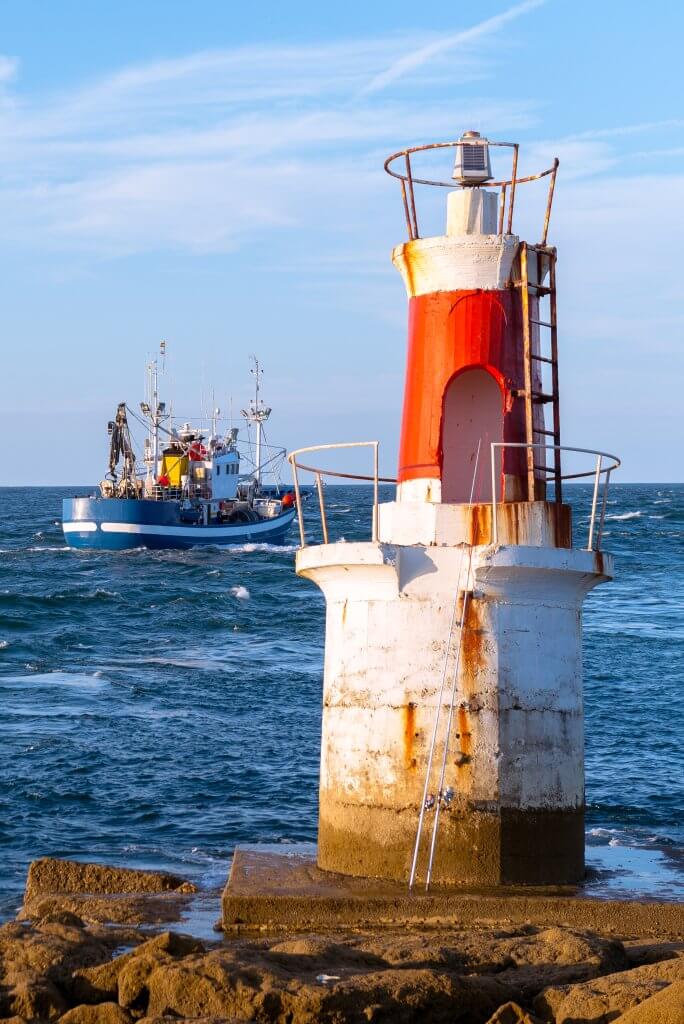Ecosystem Based Fisheries Management (EBFM) offers the best means for achieving sustainable fishing in a fast-changing world. Within EBFM, new approaches to spatial management of fisheries will be needed to account for inevitable shifts in the geographical distribution of many fish stocks and fisheries, now and in the future.
Understanding the spatial dynamics – where things are, and where they move to – of marine ecosystems and fisheries can help us gather information on aspects like essential fish habitats and which species share the same habitat. Spatial management approaches are generally based on current information about the locations of habitats and species, fishing pressure, and predictions for how the location of fish stocks may be affected by climate change, socio-economic issues, and political interventions. However, most species distribution modelling to date has focused on a limited number of species, with no overarching approach developed that would let us take a holistic overview of how fish are distributed across Europe. The Spatial Management Impacts on Ecological Systems and Fisheries work theme sought to address this knowledge gap.

To kick the research off, a workshop, WKFISHDISH2, was co-organised with ICES to reach out to the broader scientific community and collate as much knowledge as possible on existing scientific surveys and species distribution models. Guidelines were developed on how to process this data, analyse them with state-of-the-art species distribution models (SDMs), and define metrics on how to compare species distributions. Separate distribution maps were then generated for the Mediterranean Sea and the Northeast Atlantic, between them covering the Baltic Sea, North Sea, Celtic Seas, Bay of Biscay and Iberian Coast.
The distributions generated by different models were consistent, indicating that they were accurate and fit-for-purpose. These distributions were then applied to five different reference species with different characteristics in terms of spatial distribution – red mullet, hake, cod, conger eel, and turbot. The resulting trends showed that some species have shifted in a northward or southward direction, while the distribution of others has remained the same.
The researchers also explored how species distributions could change under different scenarios of climate change. They did so by linking the spatial survey data with oceanographic data (such as temperature) which was generated by modelling how the movements of water interact with nutrients, carbon, and other chemicals in the sea. This revealed that, for the species examined, only slight changes in biomass can be expected if global temperatures increase, although stocks in some regions showed greater potential increases in biomass such as the central Ionian Sea.
All predictions generated in the course of producing this report will be made available through an online tool where both data and maps will be shared – further details will be provided on the SEAwise website in due course. The results will support further work into the potential responses of fisheries and marine ecosystems to changes in the spatial distribution of fish stocks.
Read the full report here.
Stay up to date with SEAwise news and research, hear about upcoming events, and receive updates on fisheries news from across the European seascape.